Can You Cure Diabetes in China with Stem Cells?
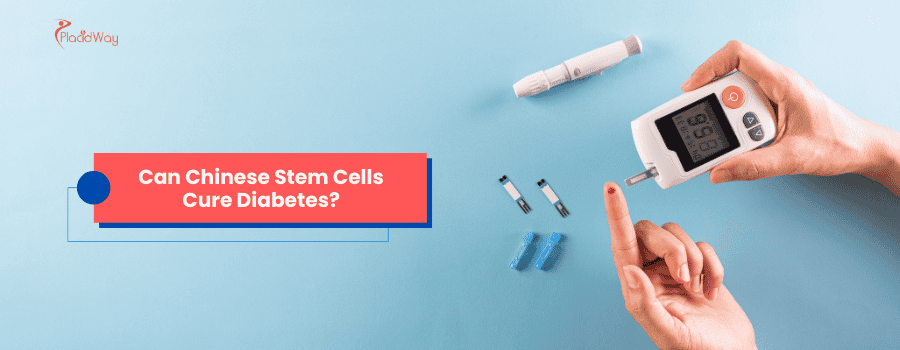
The quest for a cure for diabetes has been a long and arduous one, but recent developments in Chinese stem cell therapy are offering a glimmer of hope. For the millions of people living with diabetes worldwide, the daily routine of monitoring blood sugar levels and administering insulin can be a constant burden. But what if there was a treatment that could not just manage the symptoms, but actually reverse the disease? This is the promise of stem cell therapy for diabetes in China, a field that has seen remarkable advancements in recent years.
In this comprehensive guide, we will explore the exciting world of Chinese stem cells for diabetes. We'll delve into the science behind the treatments, examine the latest research and clinical trials, and provide practical information on costs and the best clinics in China. Whether you're considering this treatment for yourself or a loved one, or are simply curious about the future of diabetes care, this article will provide you with the information you need to understand this groundbreaking medical frontier.
What is stem cell therapy for diabetes?
Stem cell therapy is a form of regenerative medicine that harnesses the power of stem cells to heal the body. Stem cells are unique because they have the ability to develop into many different types of cells. In the context of diabetes, the goal is to use stem cells to replace the damaged or destroyed beta cells in the pancreas. These beta cells are responsible for producing insulin, the hormone that regulates blood sugar levels.
There are several types of stem cells that can be used for this purpose, including:
- Embryonic stem cells: These cells are pluripotent, meaning they can develop into any type of cell in the body.
- Adult stem cells: These cells are found in various tissues and organs, such as bone marrow and fat. They are multipotent, meaning they can develop into a limited range of cell types.
- Induced pluripotent stem cells (iPSCs): These are adult cells that have been reprogrammed in a lab to behave like embryonic stem cells.
How does stem cell therapy work for diabetes in China?
The most promising approach to stem cell therapy for diabetes in China involves the use of induced pluripotent stem cells (iPSCs). This method offers a significant advantage over other types of stem cell therapy because it uses the patient's own cells, which eliminates the risk of immune rejection. The process typically involves the following steps:
- Cell extraction: A small sample of the patient's cells, such as fat cells, is extracted.
- Reprogramming: In a laboratory, these cells are reprogrammed to become iPSCs.
- Differentiation: The iPSCs are then guided to develop into insulin-producing beta cells.
- Transplantation: The newly created beta cells are transplanted back into the patient, often into the abdomen or liver.
Once transplanted, these new cells begin to produce insulin, helping to regulate the patient's blood sugar levels and potentially reducing or eliminating the need for insulin injections.
Can Chinese stem cells cure Type 1 diabetes?
The most exciting news in the field of stem cell therapy for diabetes in China is the recent report of a cure for Type 1 diabetes. In a groundbreaking study, a 25-year-old woman with Type 1 diabetes received a transplant of islet cells that were created from her own reprogrammed stem cells. Within a year of the treatment, she was no longer dependent on insulin injections and has remained so since.
This is a landmark achievement that has generated significant excitement in the medical community. While it is still a single case, it provides strong evidence that a cure for Type 1 diabetes is possible. Further research and clinical trials are needed to confirm these findings and to make this treatment more widely available.
Can Chinese stem cells cure Type 2 diabetes?
While the recent focus has been on Type 1 diabetes, stem cell therapy in China is also being used to treat Type 2 diabetes. In Type 2 diabetes, the body either doesn't produce enough insulin or the cells don't respond to insulin properly. Stem cell therapy can help to address both of these issues by regenerating insulin-producing cells and improving insulin sensitivity.
Several clinics in China offer stem cell therapy for Type 2 diabetes, and many patients have reported positive outcomes, including:
- Improved blood sugar control
- Reduced dependence on insulin and other diabetes medications
- Increased energy levels and overall well-being
What is the cost of stem cell therapy for diabetes in China?
The cost of stem cell therapy for diabetes in China can vary significantly. Some of the factors that can influence the cost include:
- The clinic: Prices can vary from one clinic to another.
- The type of treatment: The cost may depend on the type of stem cells used and the specific protocol.
- The number of sessions: Some patients may require multiple treatment sessions.
Here is a general breakdown of the potential costs:
| Treatment | Estimated Cost (USD) |
|---|---|
| Single Session of Stem Cell Therapy | $15,000 - $20,000 |
| Multiple Sessions of Stem Cell Therapy | $25,000 - $40,000+ |
It's important to note that these are just estimates, and the actual cost may be higher or lower. It's also important to factor in the cost of travel, accommodation, and other expenses.
What are the best stem cell clinics for diabetes in China?
China is home to a growing number of clinics that offer stem cell therapy for diabetes. Some of the most well-regarded clinics include:
- Beijing Puhua International Hospital: This hospital has a dedicated stem cell center and is known for its advanced treatment protocols.
When choosing a clinic, it's important to do your research and to choose a facility that is accredited, has a good reputation, and has experience in treating diabetes with stem cells.
Is stem cell therapy for diabetes in China safe?
The safety of stem cell therapy for diabetes in China is a top priority for reputable clinics. The use of a patient's own cells (autologous transplantation) significantly reduces the risk of complications such as immune rejection. However, there are some potential risks associated with any medical procedure, including:
- Infection
- Bleeding
- Complications from anesthesia
It's important to discuss the potential risks and benefits of stem cell therapy with your doctor before making a decision.
What are the regulations for stem cell therapy in China?
China's regulatory framework for stem cell therapy is more permissive than in many Western countries. This has created an environment that is conducive to research and innovation. However, the Chinese government has also put in place regulations to ensure the ethical and safe use of stem cells. These regulations include:
- Guidelines on Human Embryonic Stem Cell Research
- Measures for the Administration of Clinical Application of Medical Technologies
These regulations help to ensure that stem cell research and treatment in China are conducted in a responsible and ethical manner.
What should I expect during a stem cell therapy consultation in China?
If you are considering stem cell therapy for diabetes in China, the first step is to schedule a consultation with a qualified clinic. During the consultation, you can expect the following:
- Medical evaluation: The doctor will review your medical history, perform a physical examination, and may order some tests to determine if you are a good candidate for stem cell therapy.
- Discussion of treatment options: The doctor will explain the different types of stem cell therapy that are available and will recommend a treatment plan that is tailored to your individual needs.
- Explanation of costs and outcomes: The doctor will provide you with a detailed breakdown of the costs of treatment and will discuss the potential outcomes and success rates.
How long does the stem cell therapy procedure take in China?
The timeline for stem cell therapy for diabetes in China can vary depending on the specific treatment protocol. However, a typical timeline might look something like this:
- Week 1: Initial consultation, medical evaluation, and cell extraction.
- Weeks 2-4: The extracted cells are reprogrammed and differentiated in the laboratory.
- Week 5: The new cells are transplanted back into the patient.
- Weeks 6+: Post-treatment monitoring and follow-up care.
It's important to note that this is just a general timeline, and the actual duration of the process may be longer or shorter.
What is the success rate of stem cell therapy for diabetes in China?
The success rate of stem cell therapy for diabetes in China is a complex issue. While the recent cure of a Type 1 diabetes patient is a major breakthrough, it is still just one case. More research is needed to determine the long-term success rates of this treatment.
However, many patients who have undergone stem cell therapy for diabetes in China have reported significant improvements in their condition. These improvements can include:
- Reduced or eliminated need for insulin
- Improved blood sugar control
- Increased energy levels
- A better overall quality of life
What are the advantages of choosing stem cell therapy in China?
There are several reasons why you might consider choosing stem cell therapy for diabetes in China:
- Access to advanced treatments: China is at the forefront of stem cell research, and you may have access to treatments that are not yet available in other countries.
- Lower costs: The cost of stem cell therapy in China is often significantly lower than in the United States and other Western countries.
- Supportive regulatory environment: The Chinese government is supportive of stem cell research, which has allowed for rapid advancements in the field.
What are the potential disadvantages of stem cell therapy in China?
While there are many advantages to choosing stem cell therapy in China, there are also some potential disadvantages to consider:
- Travel: You will need to travel to China for treatment, which can be a significant undertaking.
- Language barriers: While many clinics have English-speaking staff, there may still be some language barriers.
- Long-term effects: The long-term effects of some of the newer stem cell treatments are still being studied.
How do I prepare for stem cell therapy in China?
If you have decided to pursue stem cell therapy for diabetes in China, there are several steps you can take to prepare:
- Research clinics: Thoroughly research different clinics and choose one that has a good reputation and is accredited.
- Consult with your doctor: Discuss your plans with your doctor at home to ensure that you are a good candidate for treatment.
- Make travel arrangements: Book your flights and accommodation in advance.
- Arrange for a medical visa: You will likely need a medical visa to travel to China for treatment.
Who is an ideal candidate for stem cell therapy for diabetes?
While the criteria can vary between clinics, certain factors generally make someone a good candidate for stem cell therapy for diabetes. Both Type 1 and Type 2 diabetics can be considered. For Type 1, candidates are often those who experience significant fluctuations in blood glucose levels or have developed complications. For Type 2, it's often individuals for whom oral medications and insulin are becoming less effective.
General suitability factors include:
- Remaining Pancreatic Function: Patients who still have some level of natural insulin production (measured by C-peptide levels) may see better results.
- Good Overall Health: Candidates should not have other severe, uncontrolled medical conditions that could complicate the procedure or recovery.
- Commitment to Health: Patients must be willing to follow post-treatment protocols, which may include lifestyle and dietary adjustments to support the therapy's success.
What is the recovery process like after stem cell therapy in China?
Recovery from stem cell therapy for diabetes is typically not intensive. The transplantation procedure itself is minimally invasive, often done via intravenous (IV) infusion or a localized injection. Immediately after the procedure, patients are usually monitored for a few hours to a few days to ensure there are no adverse reactions.
Once discharged, patients are advised to rest for a few days before resuming light activities. The full regenerative effects of the therapy are not immediate; it can take several weeks to months to see significant improvements in blood sugar control. Clinics will provide a detailed follow-up schedule, which may include remote consultations and reporting of blood glucose readings to track progress.
How does Chinese stem cell therapy compare to treatments in other countries?
The field of regenerative medicine varies greatly by country due to different regulations. Stem cell therapy in China has advanced rapidly because its regulatory framework is more permissive of clinical applications, allowing for more extensive research and treatment availability compared to the United States or many European nations, where such therapies are often restricted to highly controlled clinical trials.
Here's a comparison table:
| Feature | China | USA/Europe |
|---|---|---|
| Regulatory Status | More permissive, widely available as treatment | Highly restrictive, mostly in clinical trial phase |
| Cost | Lower ($15k - $40k) | Higher (Often >$100k if available) |
| Innovation | Rapid clinical application and innovation | Slower, more cautious research-focused approach |
What specific improvements can I expect in my diabetes metrics?
The primary goal of stem cell therapy for diabetes is to restore the body's natural ability to produce and regulate insulin. Success is measured through several key biological markers. Patients may see significant changes in:
- HbA1c Levels: This is a measure of your average blood sugar over the past 2-3 months. A successful treatment should lead to a significant reduction in HbA1c, bringing it closer to the non-diabetic range.
- C-Peptide Levels: C-peptide is released at the same time as insulin. An increase in C-peptide levels is a direct indicator that the transplanted cells are successfully producing new insulin.
- Insulin Dosage: One of the most tangible benefits is a reduction in the amount of external insulin needed. In the best-case scenarios, like the recent case in China, patients may achieve complete insulin independence.
- Time-in-Range (TIR): This metric, from continuous glucose monitors (CGMs), measures the percentage of time blood sugar levels are within a healthy target range. Successful therapy should increase TIR and reduce glycemic variability.
What is the future of stem cell therapy for diabetes?
The field of stem cell therapy for diabetes is constantly evolving, and the future looks very promising. Researchers are continuing to explore new ways to use stem cells to treat diabetes, and it is likely that we will see even more effective and accessible treatments in the years to come.
Some of the areas of research that are currently being explored include:
- Developing new methods for creating insulin-producing cells from stem cells
- Improving the long-term survival and function of transplanted cells
- Reducing the cost of treatment
Ready to explore your options for medical tourism and cutting-edge healthcare solutions? Visit PlacidWay to discover a world of possibilities for your health and well-being.


.png)
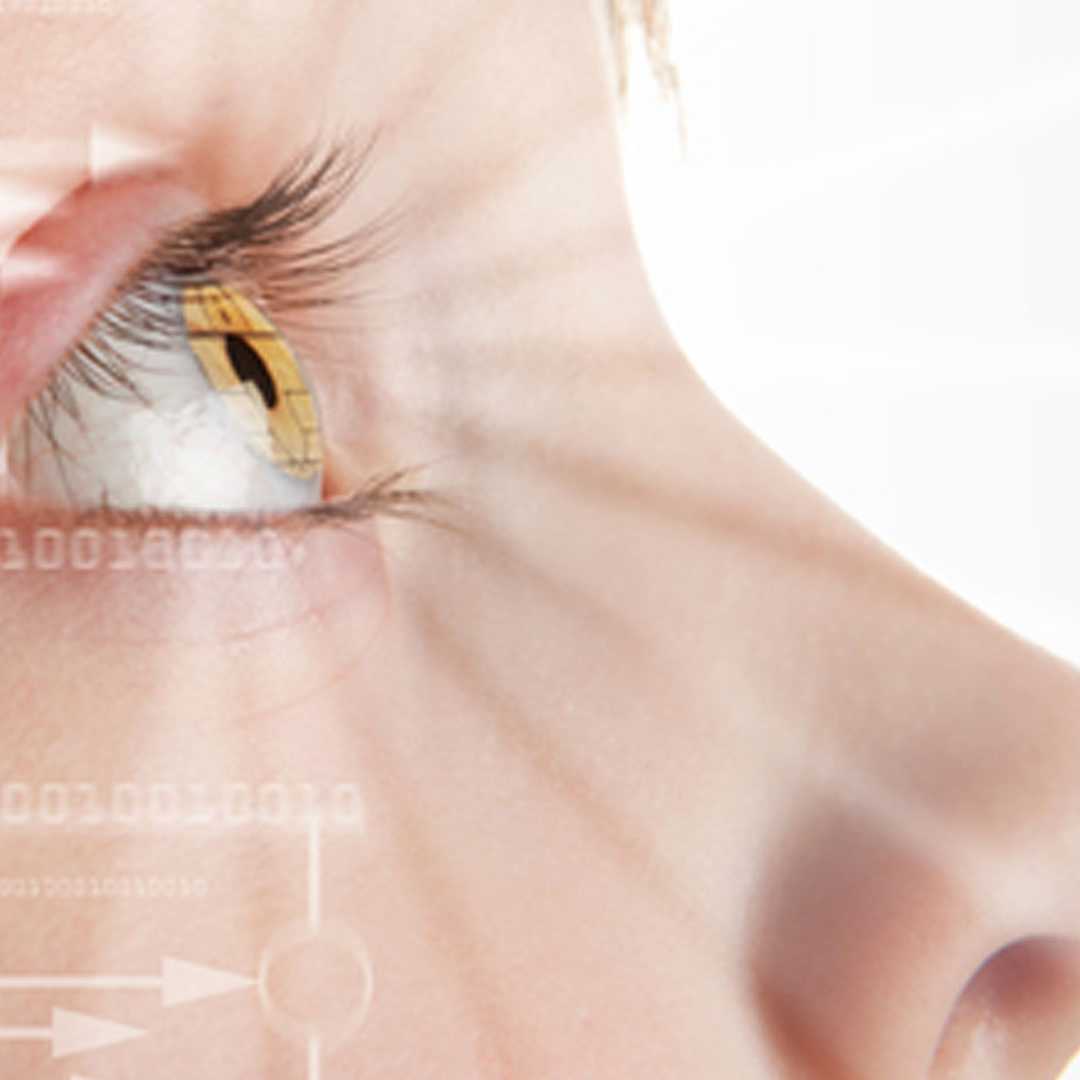

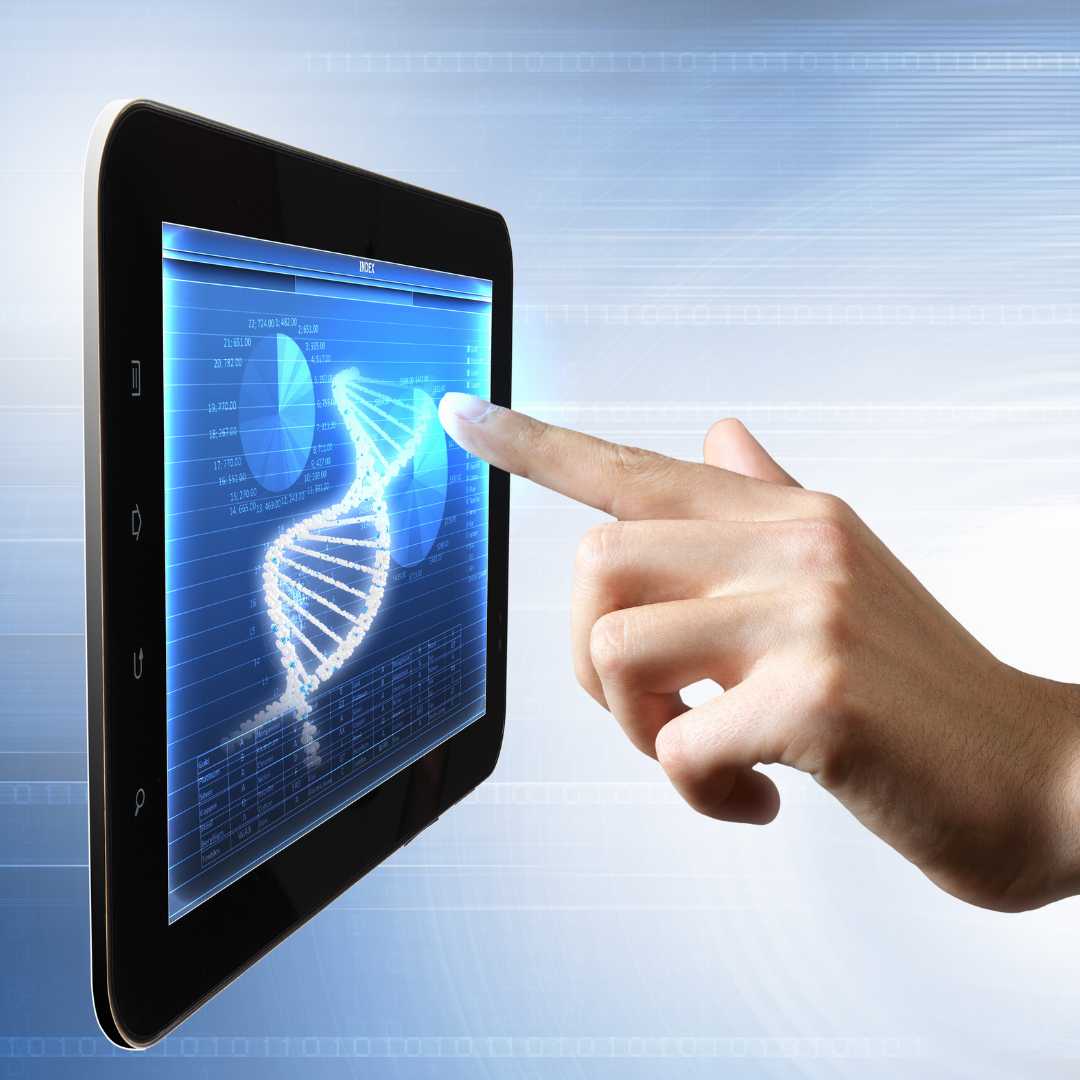





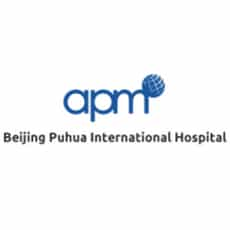
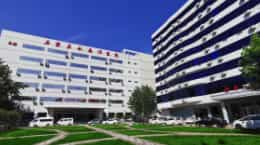
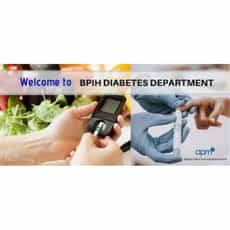
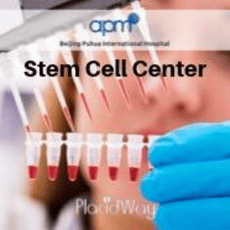
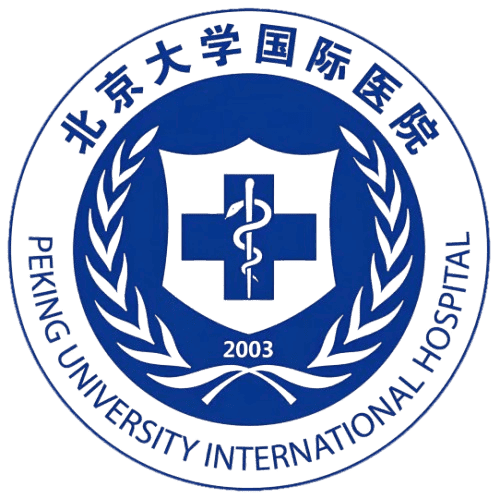

Share this listing